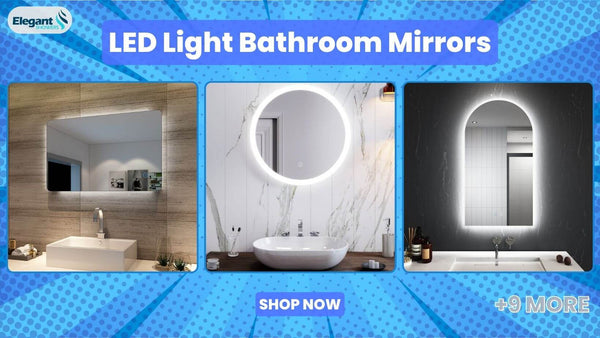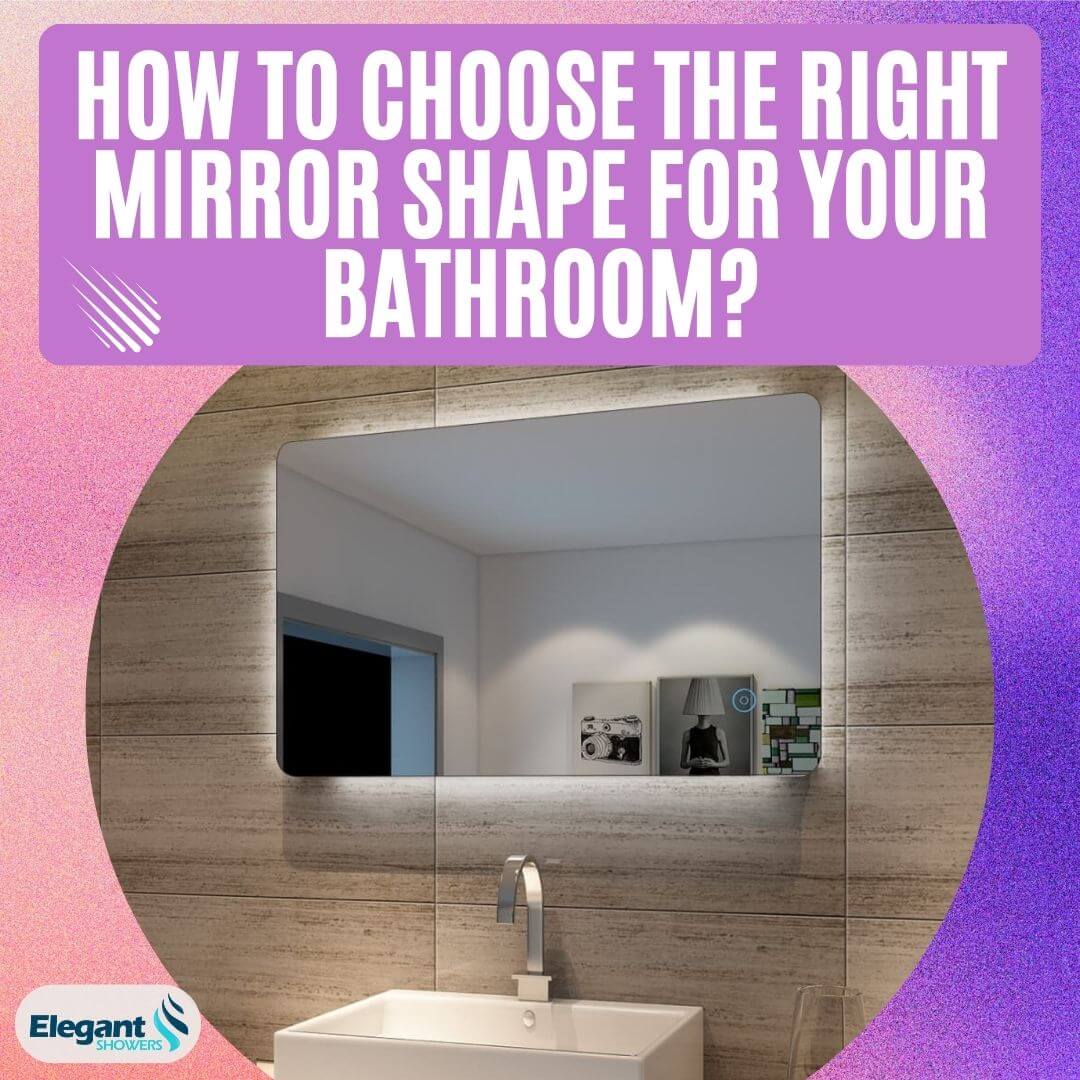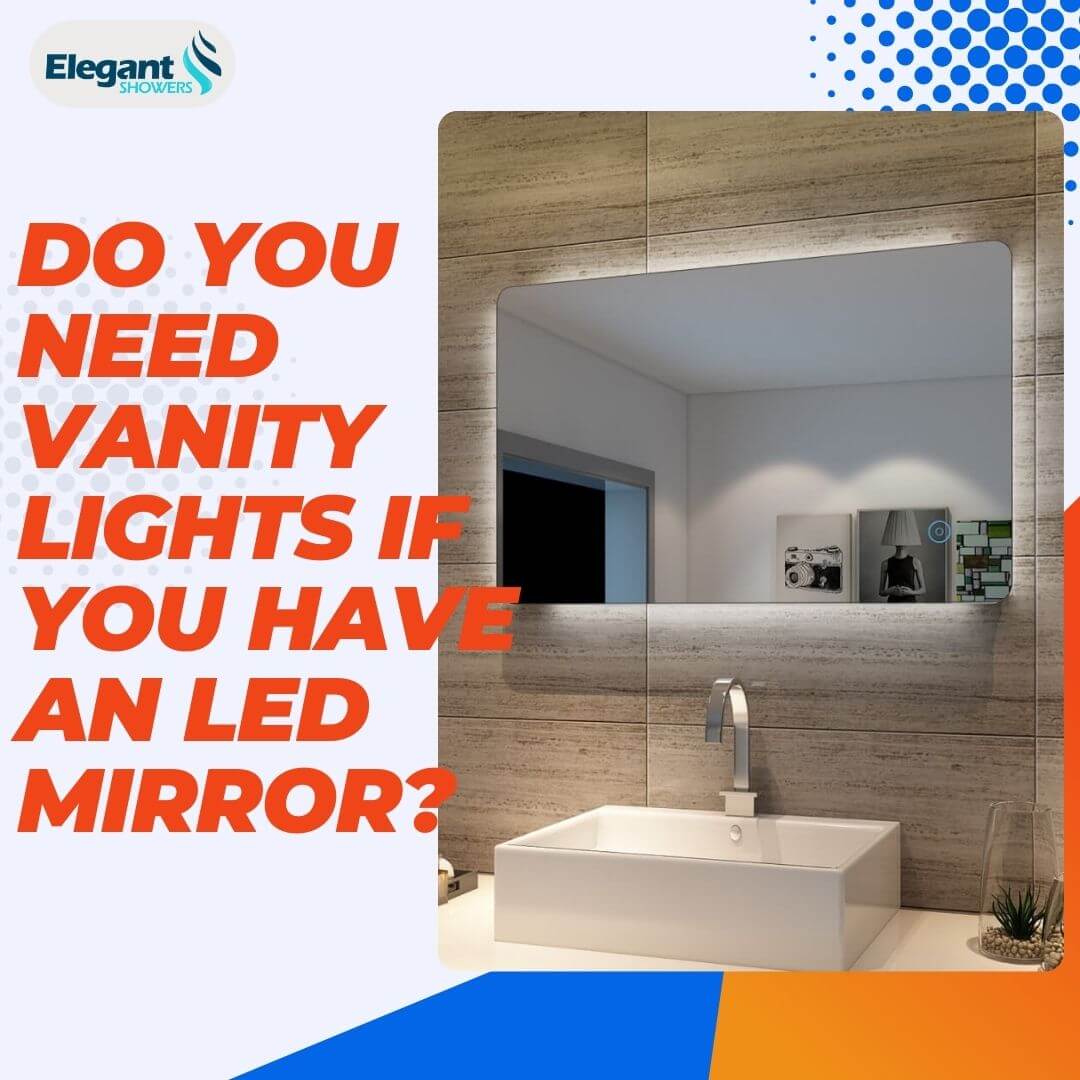Quick answer: Bathroom mirrors with LED lights work by having small LED light strips concealed around the edges of the mirror pane. These LEDs shine onto diffusion panels, which distribute the light evenly across the mirror's surface to provide bright, uniform illumination. The LEDs are powered either by hardwiring into the bathroom's electrical system or through a plug-in cord connected to an outlet. Controls like switches, sensors, or remotes operate the LEDs. The key components - the reflective mirror, lighting LEDs, power source, and diffusers - create the well-lit bathroom mirror effect.
Introduction
Illuminated mirrors are becoming a popular focal point in modern bathrooms. Their ability to provide task lighting, visual clarity, and stylistic flair explains their growing appeal. But how exactly does the technology behind an LED-lit mirror work?
In this article, we'll break down the key components of a backlit mirror and how they operate together to provide bright, even lighting that enhances bathroom spaces.
Mirror Component - Reflective Coating Creates the Mirror Surface
The mirror consists of a 3-6mm thick pane of regular annealed glass coated on one side with an ultra-thin layer of reflective aluminium or silver applied via vacuum deposition. When the non-coated side is exposed, this reflective coating transforms the clear glass into a transparent mirror. A protective paint or primer is often applied to the reflective surface to prevent oxidation and corrosion over time.
LED Lighting - LED Strips Concealed at Edges Provide Bright Light
Small LED light strips are affixed along the top, bottom, or perimeter edges on the back of the mirror panel using strong double-sided tapes. This strategic placement hides the light source while projecting illumination forward. Common LED strip lengths used are 20-24 inches.
LEDs, or light-emitting diodes, provide the ideal lighting for mirrors because they are energy-efficient, delivering over 100 lumens per watt. The LEDs last up to 50,000 hours, so no frequent bulb changes. The small LED bulbs also don't generate much heat, preventing damage to the mirror backing.
Power Source - Hardwired or Plug-In Electrical Connection
The LED lights wired into the mirror require an electricity source to operate. Hardwired lighted mirrors connect directly to your bathroom's electrical system, requiring 120V input wires through the wall. They are turned on using a wall switch. But you have to mind the safety of your home elctrical system.
Plug-in versions offer more flexibility for installation but need an electrical outlet located behind where the mirror will be mounted. Controls can include wall switches, capacitive touch sensors on the mirror, or handheld remote controls, depending on the model. Some mirrors also have built-in rechargeable batteries for cordless operation.
Light Diffusion - Panels Distribute Light Evenly Across Mirror
To distribute the light evenly across the entire mirror surface, diffusion panels or covers made of translucent acrylic or polycarbonate are installed over the LED strips in the back. These panels feature dot or ripple patterns that effectively scatter the light, preventing harsh hot spots and ensuring a uniform-lit appearance.
Adjustability - Customizable Settings for Light Color and Brightness
Higher-end lighted mirrors offer built-in adjustability features for greater control over your lighting. Dimmer settings allow increasing or decreasing the mirror's brightness from 10% to 100% as needed. Colour temperature tuning lets you adjust the light tones from an energising 6000K down to a soft 2700K glow.
Installation - Mounted Like a Traditional Mirror, Wired Professionally
Lighted mirror installation resembles that of a traditional mirror. It is securely mounted to the wall with screws through strategic brackets to evenly anchor the weight. The wiring is routed through the wall to a hidden junction box for hardwired electrical connections. Hiring a professional electrician ensures proper wiring and functionality for permit requirements. For a safe DIY install, look for lightweight plug-in mirrors that don't require built-in wiring modifications.
More info about mirror installation: Installation and Use of Mirrors in an Indoor Arena
Conclusion
The right components work in tandem to enable today's LED-powered lighted mirrors. The reflective glass coating transforms into a lit mirror pane. LEDs mounted discretely around the edges become the adjustable light source. Diffusion panels evenly distribute this illumination. Controls like switches, sensors, and remotes put power conveniently at your fingertips. With this winning combination, illuminated mirrors shed practical yet stylish lighting on any bathroom.






